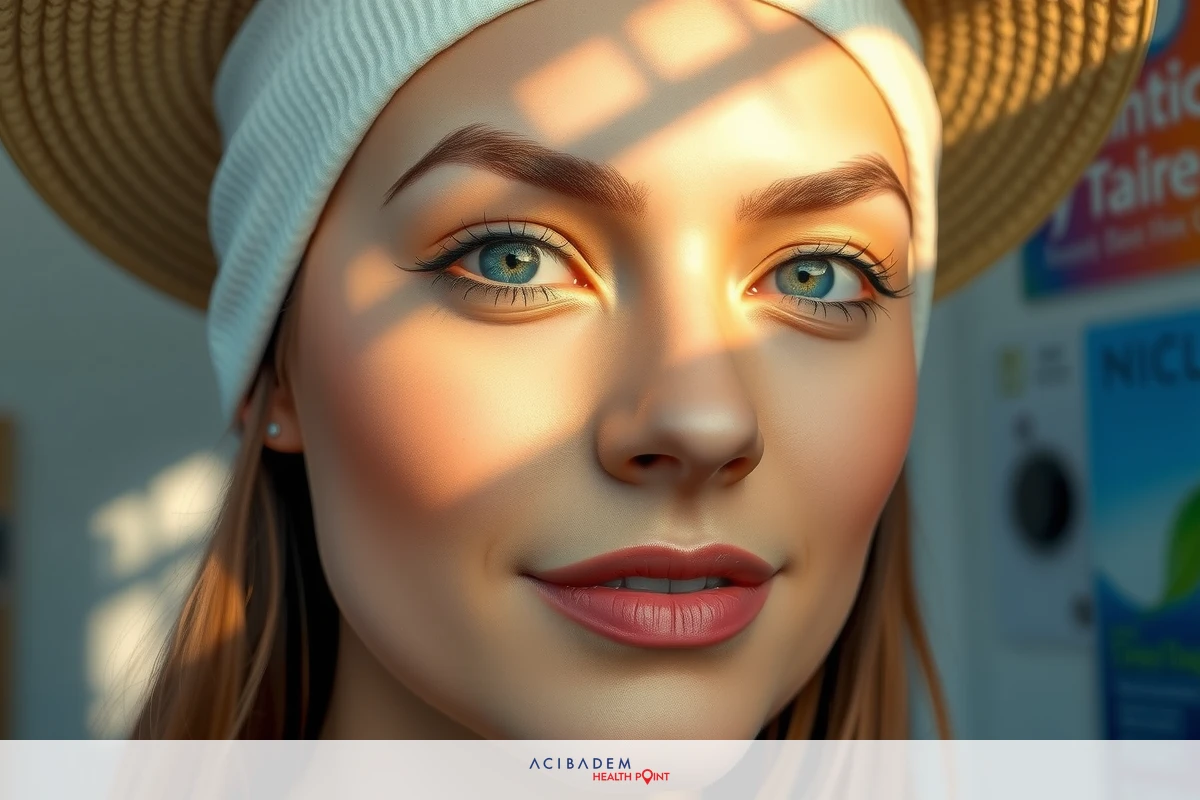When Can You Tan After Rhinoplasty?
When Can You Tan After Rhinoplasty? Sun exposure post-rhinoplasty can be a contentious topic. Exposing the skin to sunrays soon after surgery might stall healing, exacerbate scars or even alter the outcome of your rhinoplasty. It’s crucial to comprehend how sunlight interacts with sensitive skin, especially during recovery.
The timing for tanning after undergoing nose reshaping surgery is not arbitrary. It requires careful consideration and guidance from medical professionals. This article unravels that time frame, emphasizing the care needed post-surgery and how one can safely return to normal activities such as tanning without jeopardizing their surgical results.
Immediate Post-Surgery Care
In the aftermath of rhinoplasty, a meticulous regimen is paramount to ensuring optimal recovery. Despite your longing to soak up some sun and achieve that desirable tan, this desire must be placed on hold. The immediate period following surgery requires you to focus primarily on nose care and rest. This is not merely about protecting the surgical site from potential harm but also about fostering an environment conducive for healing.
The initial phase of post-rhinoplasty care involves managing swelling and discomfort which may persist for several days after the procedure. During this time, it’s crucial to keep your head elevated even when sleeping – a small act that can significantly expedite the healing process by reducing inflammation around the surgical area. Avoid strenuous activities or anything that could potentially cause injury to your freshly operated nose.
Sun exposure immediately after rhinoplasty poses substantial risks – heightening sensitivity, delaying recovery and possibly resulting in unsightly discoloration or redness at the surgical site. Therefore, embracing precautionary measures such as applying sunscreen with high SPF levels during minimal outdoor ventures is strongly encouraged—even when simply taking a leisurely stroll down your street or driving with car windows open.
This stage of convalescence necessitates patience—the allure of tanning notwithstanding—since any premature attempt might jeopardize all efforts put into achieving aesthetically pleasing results from your rhinoplasty surgery.
Sun Exposure and Healing Process
The sun, while essential for our overall well-being, can pose a serious threat to the healing process after rhinoplasty. The post-operative phase is characterized by heightened sensitivity in the surgical area, making it more susceptible to damage from harmful UV rays. As such, exposing your new nose to sunlight soon after surgery could potentially derail the recovery process and compromise results.
It’s not just about immediate effects like discomfort or skin burn; prolonged sun exposure can cause long- term implications too. For instance, persistent ultraviolet light exposure on a freshly operated nose may lead to hyperpigmentation—leading to darker scars that might take longer than expected to fade away. This reaction occurs because newly formed skin cells during wound healing are particularly vulnerable to changes in color when exposed excessively under the sun.

There’s also an increased risk of developing erythema (persistent redness) with excessive sun exposure right after rhinoplasty surgery. Erythema manifests as widespread inflammation across affected areas which could be aggravated further by UV rays leading not only towards unsightly discoloration but also potential pain due to inflammation.
Patience is indeed virtue here! It’s crucial you allow enough time for your body recover fully before indulging in tanning sessions once again. By doing so will ensure optimal outcomes from your rhinoplasty procedure while minimizing any chances of complications associated with premature sunbathing habits.
When Can You Safely Tan?
The question of when you can safely tan post-rhinoplasty is a pertinent one. It’s especially relevant for those who live in sunny climates or have a penchant for outdoor activities. However, it’s crucial to remember that timing is everything—especially when dealing with surgical recovery and seeking out the sun.
While there isn’t an exact timeline applicable to everyone, the general consensus among medical professionals suggests waiting at least six weeks before exposing your nose to direct sunlight. This period allows for most of the initial healing phase to take place, reducing risks associated with premature tanning such as hyperpigmentation or heightened inflammation around the operated area.
After six weeks, it’s not advisable to immediately resume intense sunbathing. Beyond this timeframe, it’s crucial to protect your nose from UV rays using wide-brimmed hats, sunglasses, or frequent sunscreen application. Even though your skin may seem healed on the surface, the underlying tissues continue their reparative process.
In the end, patience and careful protection are essential. Rushing the process could undo the hard work of rhinoplasty and lead to unnecessary damage. It’s crucial to follow medical professionals’ advice and wait for the right amount of time before resuming tanning habits. This ensures both aesthetic satisfaction and the long-term health of the procedure.
Frequently Asked Questions
What are the immediate steps to take post-rhinoplasty surgery?
After your rhinoplasty procedure, it's crucial to follow all aftercare instructions provided by your healthcare provider. This may include keeping your head elevated (even while sleeping), avoiding strenuous activities and protecting your nose from potential injury.
How can sun exposure affect my recovery process after rhinoplasty?
Exposure to sunlight immediately following rhinoplasty can result in heightened sensitivity, delayed healing and possible discoloration at the surgical site. It's recommended that you limit sun exposure during this time and apply a high SPF sunscreen when outdoors.
When is it safe for me to start tanning again post-rhinoplasty?
Typically, medical professionals suggest waiting at least six weeks before exposing your nose directly under the sun. However, even beyond this period, it's important to protect your skin with measures such as wide-brimmed hats or sunglasses and regular application of sunscreen.
What could happen if I rush back into tanning too soon after my surgery?
Prematurely returning to intense sunbathing sessions could risk hyperpigmentation or inflammation around the operated area—even if surface-level healing appears complete. These complications might detract from achieving optimal results of the rhinoplasty.











